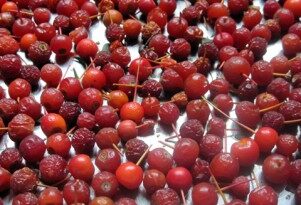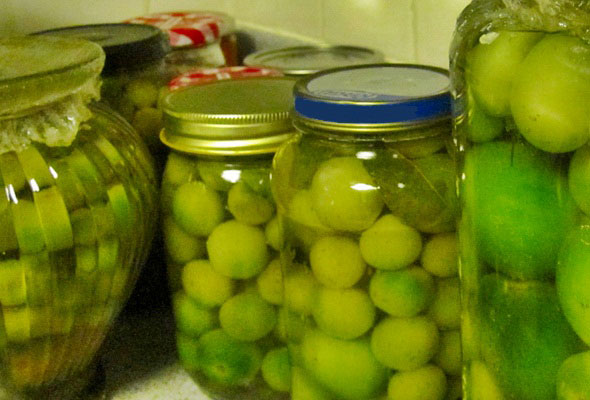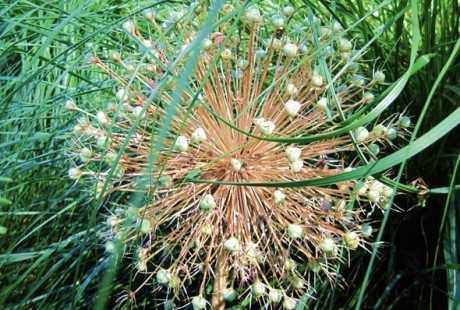catmint
I got catmint for its pleasant scent, a blend of peppermint and pennyroyal, and its pale lavender flowers, a very refreshing sight on hot summer afternoons. It is one of the coveted perennials that bloom at the end of summer and one that requires very little in terms of care.
This mint cousin blends beautifully with other perennials and will grow quite large over time, if not bothered, without becoming unruly or invasive. It doesn’t mind part shade, but performs best in full sun exposure, where it tolerates dry conditions very well; you’ll often see it featured in rock gardens and xeriscapes for this reason.
Mine stands alone, a little aloof, on the edge between the flower and the herb border. I couldn’t make up my mind which one it belongs to.
It isn’t exactly a medicinal herb. Catmint is often confused with catnip and their names are sometimes used interchangeably, but the two are completely different plants, albeit belonging to the same Nepeta genus. While the less attractive catnip is a well documented medicinal herb, used to keep colds at bay, and yes, it is the same catnip kitty enjoys, catmint is mostly an ornamental plant.
Felines, both large and small, are attracted to both of them and will chew their clumps into oblivion if they catch a whiff of their scent. Folk tales say that they will leave alone the plants grown from seed and only munch on the ones propagated by cuttings. It appears the bruising of the leaves and stems releases the fragrance felines are so fond of.
Catmints are great plants for attracting bees to your garden; the beneficial insects are very fond of them and you’ll often find them swarming around their little flowers.




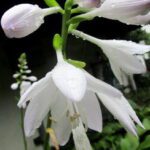 Previous Post
Previous Post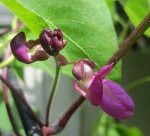 Next Post
Next Post
